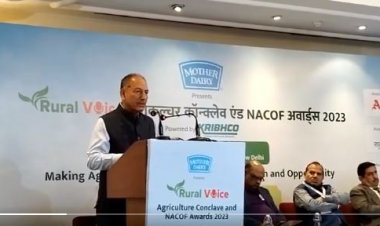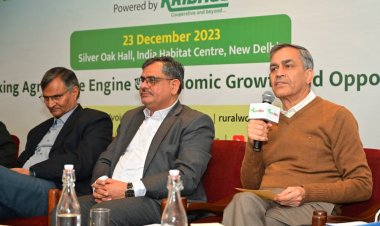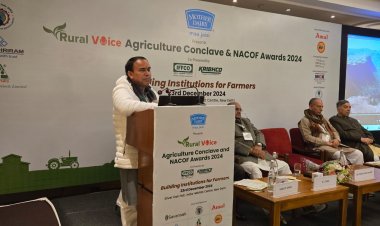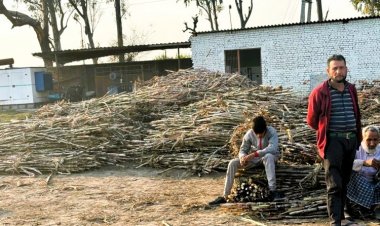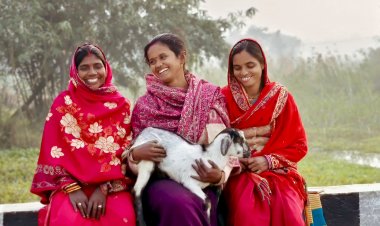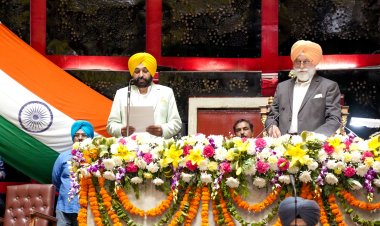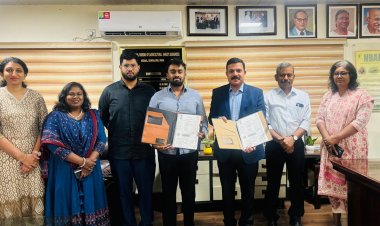Farm income can be raised significantly by ensuring MSP in states not adequately covered: NITI Ayog Member Ramesh Chand
Farmers' income can be straight away doubled by ensuring Minimum Support Price (MSP) in states like Uttar Pradesh, even as he advocated agricultural policies in alignment with the current environment in the country, NITI Aayog Member Professor Ramesh Chand said at the Rural Voice Conclave today. The session focussed on Investment & Job Opportunities in Rural Areas.
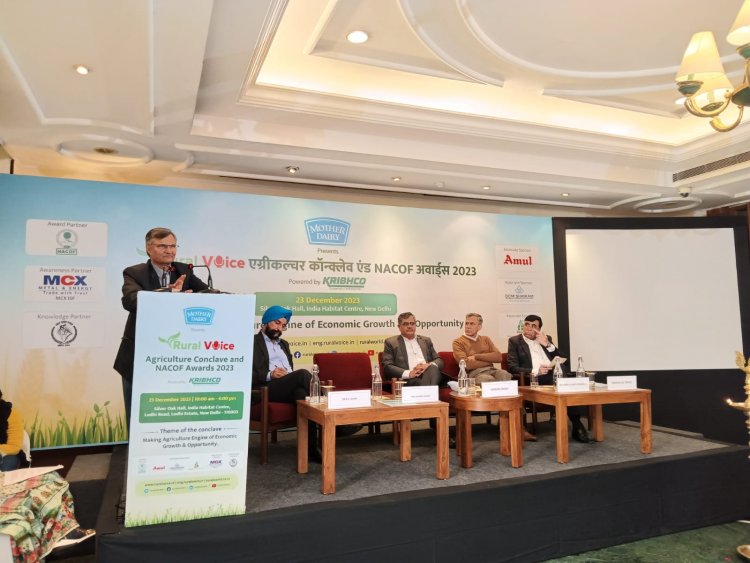
Farmers' income can be straight away doubled by ensuring Minimum Support Price (MSP) in states like Uttar Pradesh, even as he advocated agricultural policies in alignment with the current environment in the country, NITI Ayog Member Professor Ramesh Chand said at the Rural Voice Conclave today. The session focussed on Investment & Job Opportunities in Rural Areas.
In his keynote address, Professor Chand said, "we need to pursue our agriculture policy in alignment with the current environment". He said for making India a developed nation by 2047, the country ' s per capita income needs to rise by 6 to 7 times. Agriculture sector has a major role to play in the objective to make India a front ranking country in the world.
At least 4 to 5 per cent growth in agriculture is also required to ensure inclusive expansion of the Indian economy. " States like Andhra Andhra Pradesh, Madhya Pradesh, Tamil Nadu and Telangana have shown agriculture growth of 6 - 7 per cent which is better than even manufacturing ". The same growth trajectory can be replicated in the rest of the country.
Professor Chand said farmers' income can be raised significantly with focus on quality and health centric food products. On MSP, Professor Chand said, there are States where farmers' income can be straight away doubled with by ensuring minimum support price. States like UP have such opportunities through MSP. On the other hand, there are states which have reached a saturation point.
He said besides the Centre, the farming community should put pressure on States as well to implement policies in areas which fall under jurisdiction of states.
NITI Ayog Member who is the country's eminent agriculture economist, listed disruptive opportunities in digital platforms, especially in eliminating middlemen in marketing of agriculture products. The government's contribution in agriculture investment is about 16 -17 per cent, he said lamenting the corporate sector has treated the rural economy only as a market. He said the present government is focusing on return on investment in areas like irrigation.
Dr R S Sodhi, President, Indian Dairy Association who played a major role in furthering the Amul brand, said there are major investment opportunities in branded milk and products. There are prospects for a surplus in milk products. The sector has witnessed a win : win situation for both milk producers and consumers.
"Amul is witnessing growth in demand and growth in Tier 2 and 3 cities". There are Rs 1 lakh crore investment opportunities in the milk sector with a job potential of 72 lakh in the next 6 -7 years, Dr Sodhi said.
Dr Harsh Kumar Bhanwala, Chairman, MCX and former Chairman, NABARD, emphasised the importance of rural infrastructure including telecom, for promoting investment in agriculture. He suggested laws for leasing of agricultural land so that tillers are encouraged to make investment in cultivation. He said Rural Voice conclave on Kisan Divas,was apt , as he paid tributes to farmers ' leader and former Prime Minister Chaudhary Charan Singh on his birth anniversary.
Mr Roshan Lal Tamak, ED &CEO, DCM Shriram Ltd, said policy ecosystem in areas like ethanol has helped in the success of blending. Sugar industry can make investment in at least 500 CBG plants giving a boost to environment - friendly agriculture.
Mr Harvir Singh, Editor - in - Chief, Rural Voice said, the genesis of the launch of the digital platform which has completed three years, was in bridging the gap between the mainline media and the rural landscape.



 Join the RuralVoice whatsapp group
Join the RuralVoice whatsapp group

















